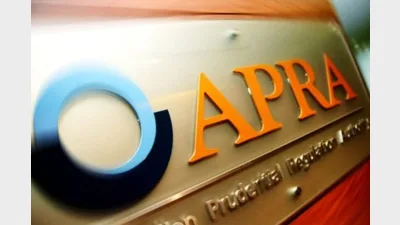(December-2001) Super package left wanting
Industry experts welcomed some parts of the Government’s pre-election shake-up of super, but some slammed it as being piecemeal and as not doing much to tackle Australia’s crucial retirement savings issues.
Australian Institute of Superannuation Trustees (AIST) president Susan Ryan describes the plan as “last minute” and “patchy and inadequate”.
“The alarming fact that most Australians won’t have enough super to retire on is not essentially changed by these piecemeal proposals,” she says.
Association of Superannuation Funds of Australia (ASFA) CEO Philippa Smith notes that the plan deals mainly with people at the margins.
“It does not provide the strides needed by the majority of working Australians. Where are the initiatives for middle income families (those on incomes of $30,000 to $70,000) trying to save for retirement?” she asks.
CPA Australia adds that the package doesn’t address systematic issues such as adequacy, complexity, fund management fees and the tax treatment of super “across the board”.
According to AM Corporation national manager of strategic services Phil la Greca, the proposals will require extensive consultation to become workable.
“The incentive to use some of the initiatives is sporadic and mainly exists for those with excess income or free capital to invest. There are not many direct incentives to increase the level of contributions. Rather, the focus is on the re-allocation of the same benefits across family members,” he says.
And, Small Independent Superannuation Funds Association (SISFA) CEO Graeme McDougall is disappointed that the Government has made only a feeble attempt to address the surcharge issue with its plan to lower it to 10.5 per cent over the next three years.
“We are seeing yet more piecemeal change which will only add to further complexity and compliance, a problem that has been with the industry for many years,” he says.
Smith adds that the reduction in the surcharge will only give modest relief to those with incomes over $85,000 without addressing the excessive cost of administering the surcharge or its unfairness to those with fluctuating incomes.
Among the areas to get a much warmer welcome are plans to enforce quarterly SG contributions and to increase the age at which workers can make personal super contributions from 70 to 75.
Also widely welcomed are initiatives to increase the deduction allowable for super contributions for the self employed, the reduction in the tax rate for ETPs, and the possibility of allowing growth pensions to receive concessional tax and social security treatment.
While some industry experts believe that the Government’s plans to match the personal super contributions made by low-income earners, up to a limit of $1,000 a year, are good in principle, they question how many people earning $30,000 or less will have much left over to set aside for retirement.
And, on the plan to allow spouses to split their super contributions, La Greca says while this may give low-income spouses access to super, it does not actively increase the level of super for the couple. It just allocates it across more people.
Recommended for you
Australia’s superannuation sector has expanded strongly over the June quarter, with assets, contributions, and benefit payments all recording notable increases.
The Super Members Council (SMC) has called on the government to urgently legislate payday super, warning that delays will further undermine the retirement savings of Australian women.
ASFA has highlighted that regulation should not be “set and forget” and calls for a modernised test to meet future needs.
The super fund is open to the idea of using crypto ETFs to invest in the asset class, but says there are important compliance checks to tick off first.











